Join us on a nostalgic journey to the golden age of flying, spanning the 1950s through the 1970s. This period celebrated the glamour and elegance of air travel. Picture boarding an aircraft where sophistication and style were reflected in every detail, from plush seats to chic crew uniforms. It was an era that marked aviation with a sense of grandeur and adventure.
A Luxurious Ride in the Sky: The Golden Age of Flying
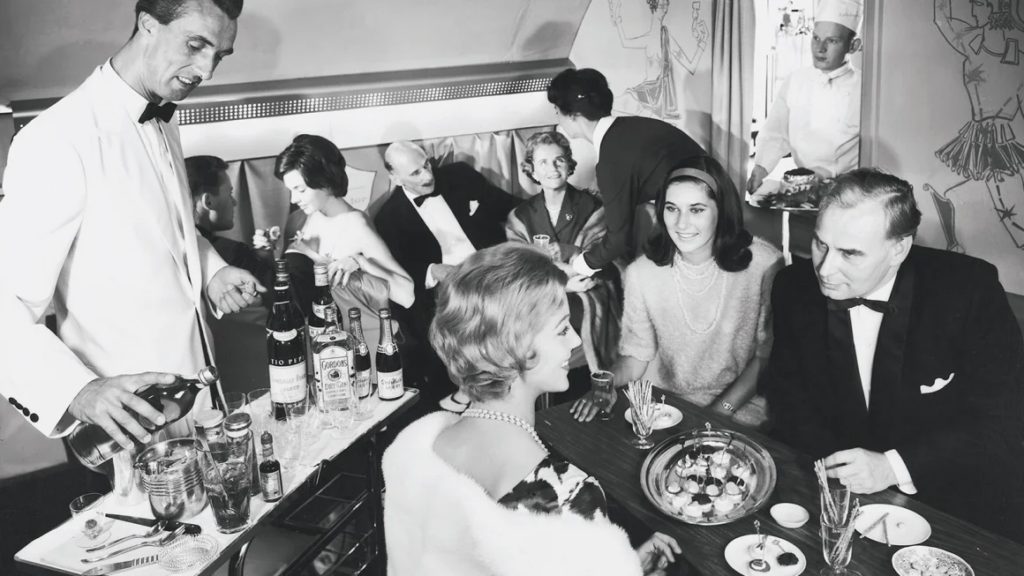 Auto Draft
Auto DraftTravel during the golden age was a genuine delight. "Air travel at that time was something special. It was luxurious. It was smooth. And it was fast." Aviation historian Graham M. Simons fondly remembers the spacious seating and the crew's impeccable, magazine-worthy attire. Simons notes, "People dressed up because of it."
Your Ticket Cost a Lot
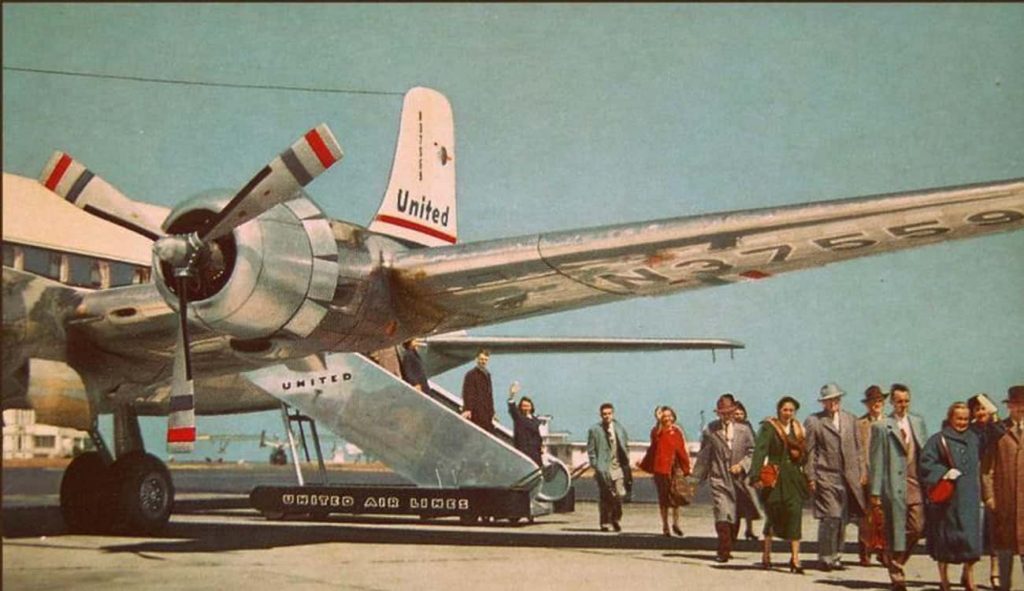 A Day In The Golden Age Of Flying
A Day In The Golden Age Of FlyingToday, when booking flights, travelers have a plethora of options to secure the best fares. Contrast this with the Golden Age of air travel, where options were fewer and prices significantly steeper. For instance, consider a 1955 TWA brochure listing a round-trip ticket from Chicago to Phoenix at $138. While this may appear affordable at first glance, adjusting for inflation reveals a modern equivalent cost of about $1,200, a hefty price for a domestic flight.
Aviation historian Guillaume de Syon highlights the cost extremes of flying during the Golden Age, noting that "[Depending] on the route, it was four to five times as expensive to fly in the Golden Age." This made international journeys especially extravagant, accessible only to the most affluent travelers.
A Feast for the Senses: Fancy Food and Great Service
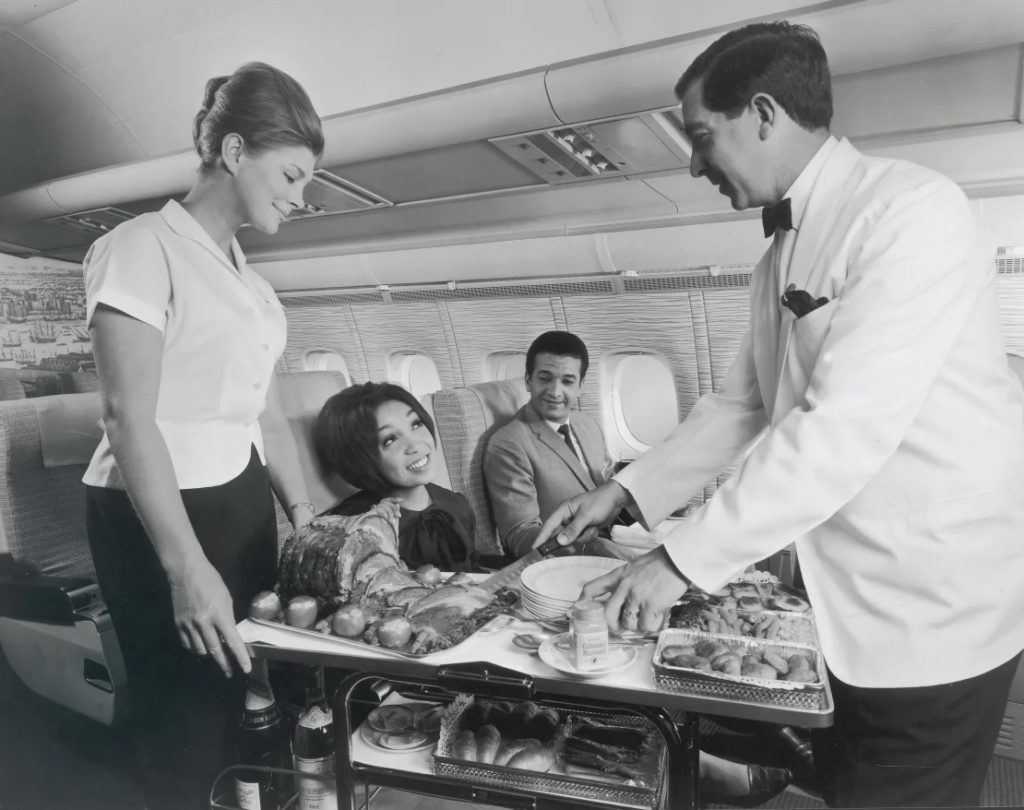 A Day In The Golden Age Of Flying
A Day In The Golden Age Of FlyingIn the Golden Age, airlines pulled out all the stops to dazzle their passengers with exceptional service and gourmet cuisine. Simons adds, "The airlines were marketing their flights as luxurious means of transport." Lavish dishes such as caviar and foie gras were the norm, and some flights even featured onboard fashion shows, adding a touch of runway glamour to the skies. Suzy Smith, a former flight attendant, recalls, "We started with canapés, then we came out with a cart with appetizers, which included beluga caviar and foie gras."
Relaxed Rules and Fun Memories
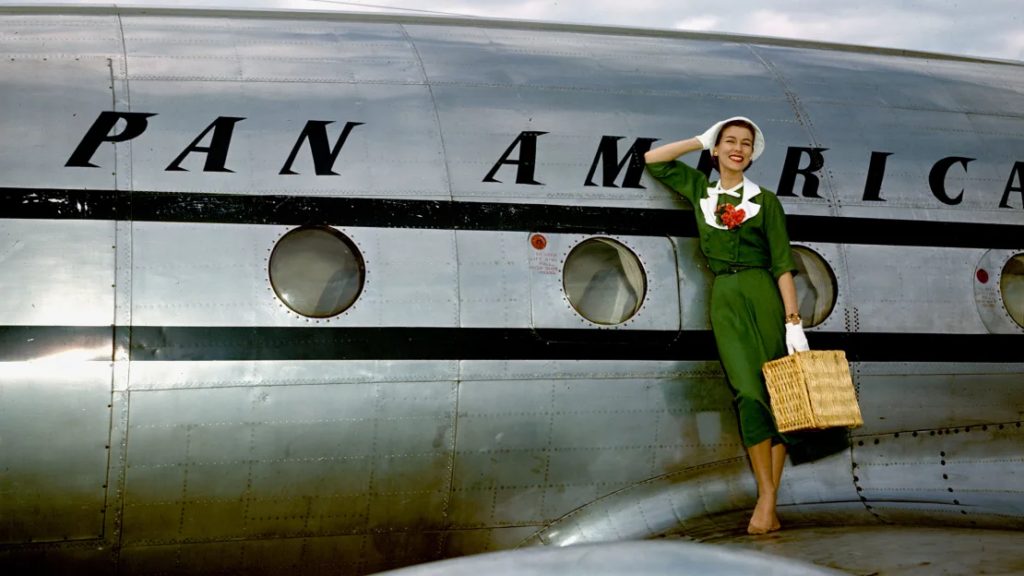 A Day In The Golden Age Of Flying
A Day In The Golden Age Of FlyingFlying used to be a much more relaxed affair, recalls Keith Lovegrove, an enthusiast of vintage aviation. He fondly describes the laid-back atmosphere that characterized flights during that era. "It was like going to a cocktail party. We had a shirt and tie and a jacket, which sounds ridiculous now, but was expected then," Lovegrove says.
Passengers could bring a variety of items onboard, from pet birds in shoeboxes to other unusual carry-ons, thanks to much looser security measures. This relaxed approach allowed travelers to enjoy their flights with fewer restrictions and more fun. Lovegrove adds, "There was an incredible sense of freedom."
Pan Am: The King of Cool
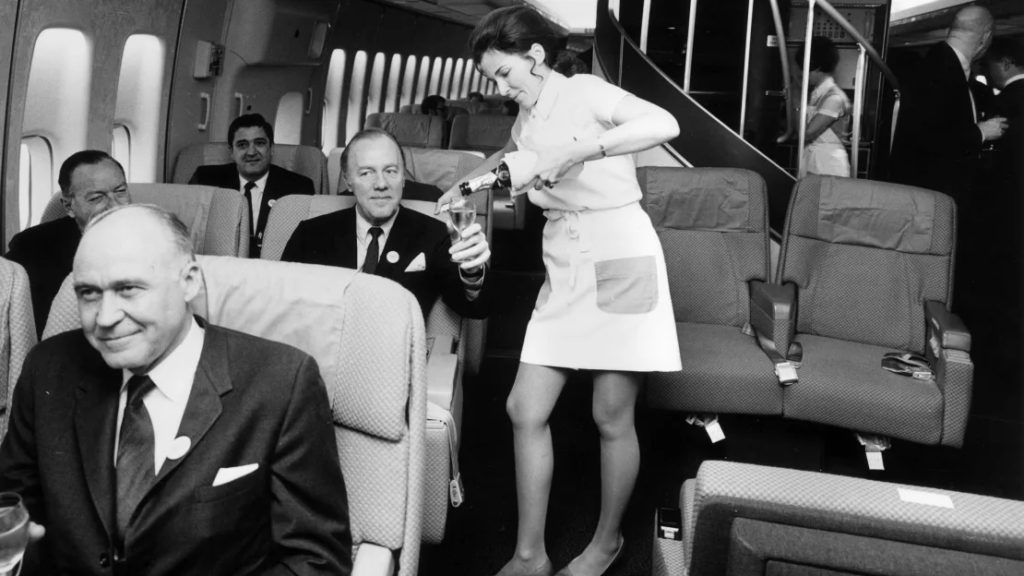 A Day In The Golden Age Of Flying
A Day In The Golden Age Of FlyingPan Am set the gold standard for luxurious air travel, according to former employee Joan Policastro. "My job with Pan Am was an adventure from the very day I started," recalls Policastro. Flying with them felt akin to traveling among celebrities, complete with high-end cuisine and exclusive lounges that epitomized the peak of airborne opulence.
Your Flight Attendant Had to Meet a Lot of Intrusive Requirements
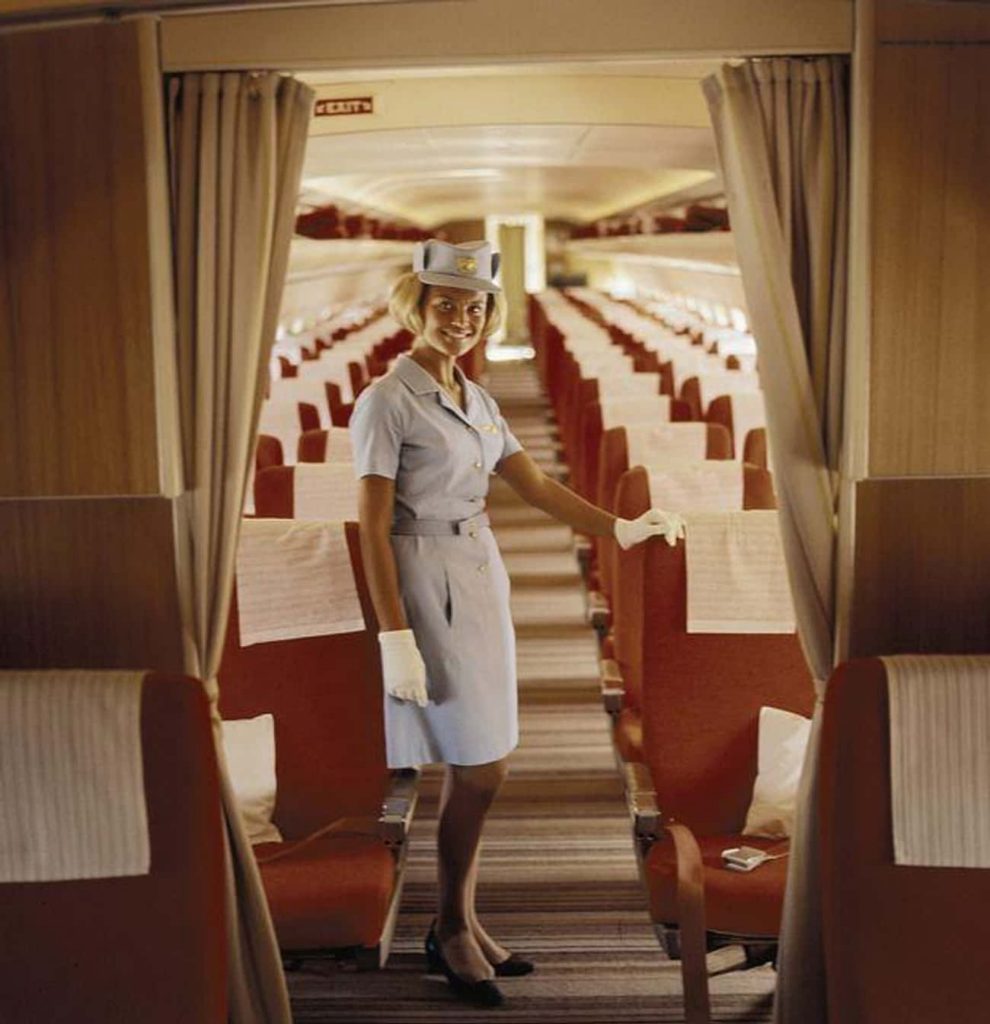 A Day In The Golden Age Of Flying
A Day In The Golden Age Of FlyingDuring the Golden Age of air travel, flight attendants were not just there to serve; they were expected to meet rigorous standards of appearance and conduct. From the 1950s, they were seen in high heels, white gloves, and even corsets under their uniforms.
Airlines enforced strict rules about flight attendants' looks, regulating everything from hair length to body weight. Female attendants were required to be single and sociable, with an emphasis on maintaining 'high moral standards.' Into the 1960s, uniforms evolved to feature shorter skirts, catering to a predominantly male passenger base, reflecting the era's strong focus on the aesthetics of its cabin crew.
Looking Back with Fondness
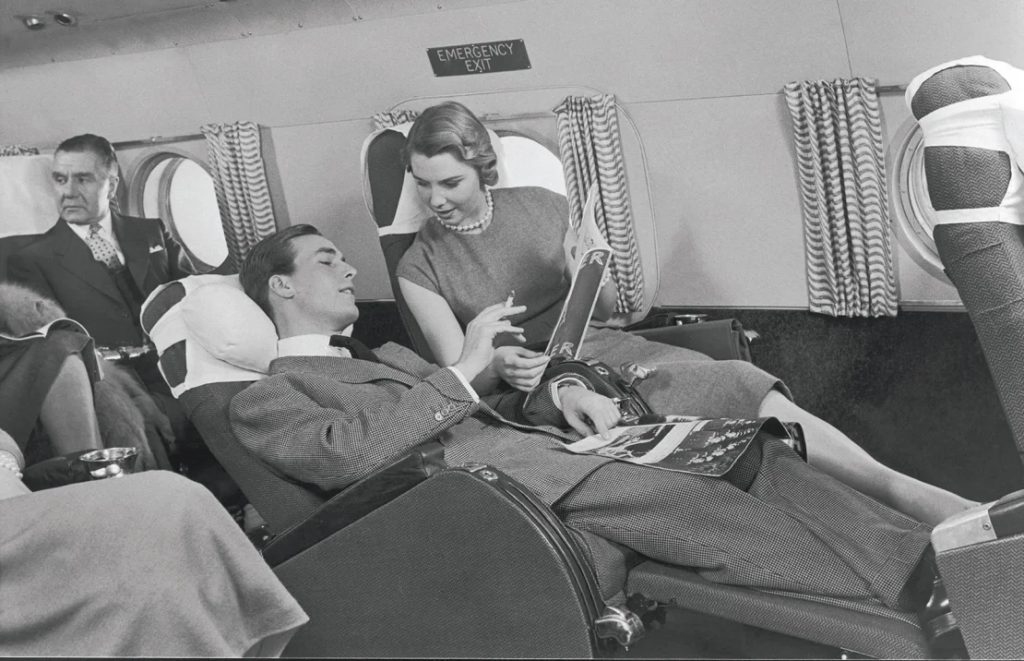 A Day In The Golden Age Of Flying
A Day In The Golden Age Of FlyingDespite the passage of time, the nostalgia for the golden days of aviation remains strong. Organizations like World Wings, comprised of former Pan Am employees, keep the spirit of that era alive. Suzy Smith, a former Pan Am stewardess, reminisces, "Pan Am was truly a step above the rest," recalling a time when air travel felt like a luxurious adventure, making passengers feel like sky-bound royalty.
Conclusion
The golden age of flying has passed, yet the enchanting memories endure. It was a period defined by opulence and enjoyment in the skies. Though modern flying has evolved, we can still cherish the delightful recollections of that bygone era.







![“[I’m] Happy Its Mouth Wasn’t Open”: Florida Surfer Headbutted By Flying Shark In Wild Viral Video](upload/news/image_1751389230_84108631.png)











